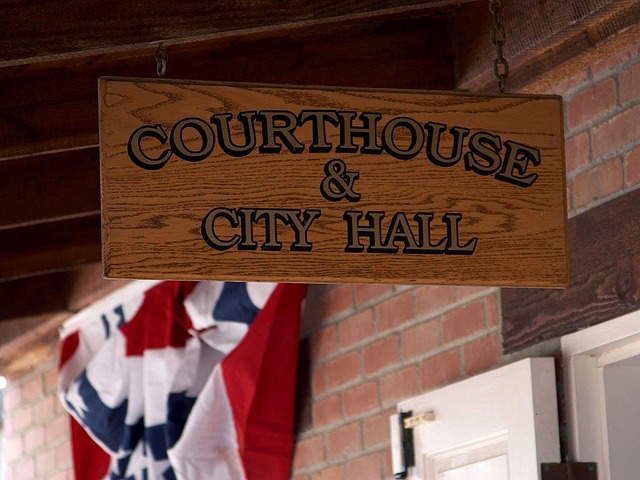Understanding common defenses in breach of contract cases is crucial for legal professionals and individuals dealing with contractual disputes. This text explores strategies like lack of consideration, mutual mistake, frustration of purpose, and performance/waiver to shield defendants from liability. By recognizing these defenses, readers can identify weaknesses in plaintiffs' claims and formulate robust arguments. Key aspects include disputing contract existence, proving misrepresented terms, excusing performance due to unforeseen circumstances, and arguing honest mistakes. Effective strategies aim to minimize damages, avoid costly trials, and facilitate amicable resolutions through proportional damage assessments based on evidence. Case studies highlight the importance of thorough contractual analysis and documentation for risk mitigation in competitive litigation.
In the intricate web of contract law, understanding common defenses in breach of contract cases is pivotal. This article dissects various litigation types, focusing on breach of contract disputes as a foundational stone for many legal defenses. We explore key elements in identifying and proving breaches, strategic common defenses to challenge claimant’s cases, and effective legal arguments to mitigate damages. Through insightful case studies, we illuminate successful defense tactics, offering valuable insights into navigating these complex legal scenarios.
- Understanding Breach of Contract Litigation: A Foundation for Common Defenses
- Key Elements in Identifying and Proving a Breach of Contract
- Strategic Common Defenses: Challenging the Claimant's Case
- Legal Arguments and Strategies to Mitigate Damages in Breach Cases
- Case Studies: Examining Successful Defense Tactics in Breach of Contract Litigatio
Understanding Breach of Contract Litigation: A Foundation for Common Defenses

Key Elements in Identifying and Proving a Breach of Contract

Identifying and proving a breach of contract requires a meticulous understanding of several key elements. Firstly, it’s crucial to establish the existence of a valid contract between two or more parties. This involves demonstrating mutual agreement on essential terms, capacity to enter into a contract, consideration (a promise or performance in return for something of value), and legality. Once a contract is confirmed, proving a breach necessitates showing that one party failed to perform as agreed upon, or performed in a way that deviated from the contract’s obligations. This can often involve complex legal interpretations, thus requiring thorough documentation and clear evidence.
Common defenses in breach of contract cases include arguing that there was no meeting of the minds, the contract is unenforceable due to uncertainty or lack of consideration, or performance was rendered impossible by external factors. In some instances, a general criminal defense strategy might be applicable, particularly if there are allegations of fraud or other white-collar offenses associated with the breach. Across the country, legal teams specializing in contract law and having experience navigating diverse case scenarios can offer invaluable insights into these intricate matters.
Strategic Common Defenses: Challenging the Claimant's Case

In breach of contract cases, strategic common defenses play a pivotal role in challenging the claimant’s case. One of the primary approaches involves disputing the existence or validity of the contract itself. This can include arguments related to mutual assent, consideration, or capacity, where defendants aim to prove that the contract was not formed as alleged by the plaintiff. For example, in high-stakes cases involving complex transactions, proving that certain terms were misrepresented or hidden from the defendant client can significantly weaken the claimant’s position.
Another common defense strategy focuses on excusing performance due to circumstances beyond the control of the defendant. This could encompass events like war, natural disasters, or changes in government policies, which might have made the contracted performance impossible or excessively burdensome. In cases of white-collar and economic crimes, where intent is a crucial element, defendants may also argue that their actions were not malicious but rather the result of honest mistakes or poorly drafted agreements.
Legal Arguments and Strategies to Mitigate Damages in Breach Cases

In breach cases, legal arguments and strategies to mitigate damages are crucial for achieving extraordinary results. Common defenses in breach of contract cases include disputing the existence of a valid contract, asserting that the plaintiff failed to perform their obligations first, or claiming that any damages awarded should be reduced due to the plaintiff’s contributory negligence. These defenses aim to navigate all stages of the investigative and enforcement process, ultimately aiming to minimize financial exposure and avoid costly jury trials.
Strategists often focus on presenting compelling evidence to counter the plaintiff’s claims, such as demonstrating that any breach was unintentional or minor, and therefore, damages should be commensurate with the harm inflicted. By carefully crafting these arguments, legal teams can protect their clients’ interests and work towards resolving disputes amicably, avoiding lengthy and expensive litigation.
Case Studies: Examining Successful Defense Tactics in Breach of Contract Litigatio

In the realm of breach of contract litigation, understanding successful defense tactics is paramount for any respective business aiming to protect its interests. Case studies offer a glimpse into real-world scenarios where strategic maneuvers have led to favorable outcomes, showcasing common defenses that have proven effective in high-stakes cases. For instance, a meticulous examination of past breaches within similar contracts can provide invaluable insights, enabling defendants to anticipate potential issues and formulate robust responses.
Defendants often leverage an unprecedented track record of successful contract performance as a powerful defense mechanism. By demonstrating consistent adherence to contractual obligations, businesses can challenge the plaintiff’s claim of breach. Furthermore, the ability to present alternative interpretations of contract terms or highlight mutual mistakes in agreement formation has proven crucial in many breach of contract cases. These tactical approaches not only strengthen the defendant’s position but also underscore the importance of thorough contractual analysis and documentation in mitigating risks associated with such high-stakes litigation.
Understanding the various aspects of breach of contract litigation, from identifying key elements and strategic common defenses to legal arguments for damage mitigation, equips legal professionals with a comprehensive toolkit. By examining successful defense tactics through case studies, practitioners can navigate these complex cases effectively, ultimately strengthening their strategies for Breach of Contract cases, focusing on Common Defenses.






